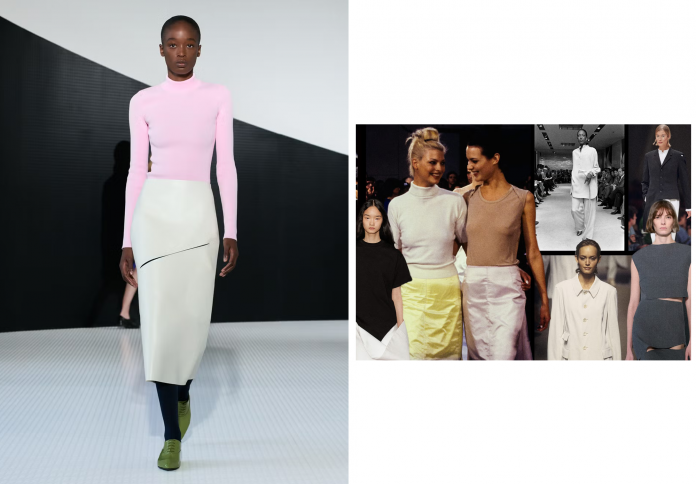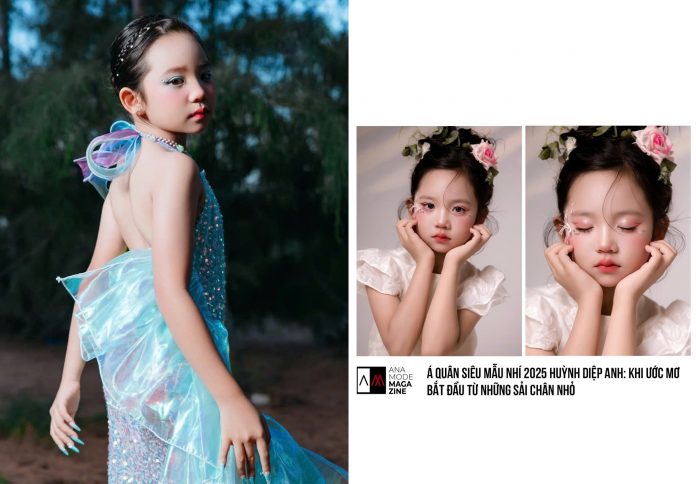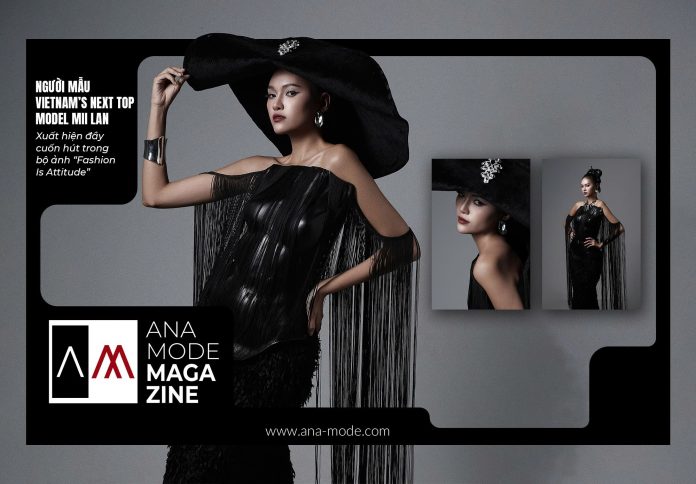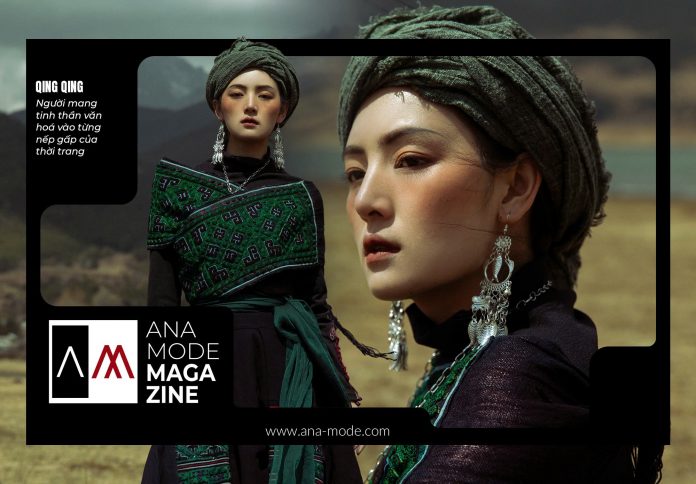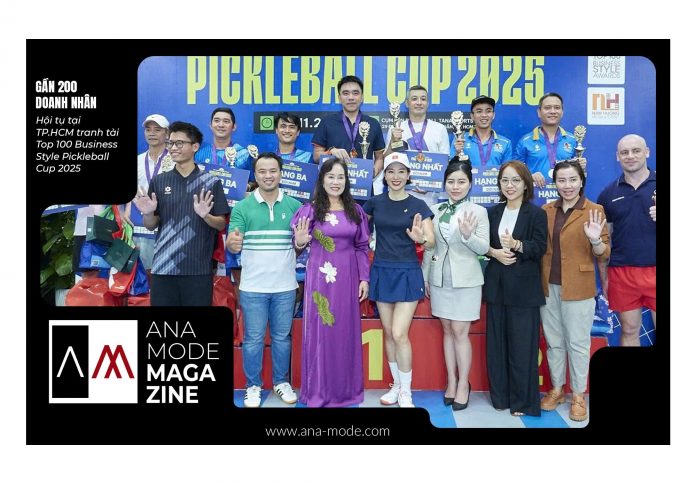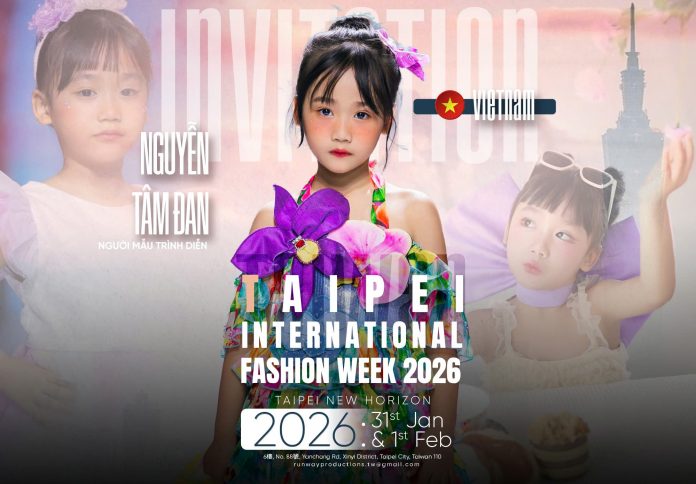Minimalist fashion is more than a momentary trend; it is a profound philosophical statement and a deliberate antidote to the chaos and excess of fast fashion. Rooted in the principle that “less is more,” this aesthetic champions intentionality, forcing a shift in consumer mindset from quantity to enduring quality. It demands clarity in one’s wardrobe, favoring impeccably tailored silhouettes, clean lines, and a subdued color palette that transcends seasonal whims. The minimalist commitment is not one of deprivation, but of liberation—freeing the wearer from the burden of fleeting trends and decision fatigue. By elevating essential, high-quality garments to the status of timeless investment pieces, the movement allows the wearer’s inherent style and confidence to take center stage, proving that true elegance lies in subtraction, not accumulation.
The Foundations: From Fine Art to Functional Wardrobe
The origins of minimalist fashion are not found on the runway but in the post-war art and architecture movements of the 1960s. It began as a stern, intellectual reaction against the emotional excesses of Abstract Expressionism.

In New York, artists like Donald Judd and Agnes Martin pioneered Minimalism by reducing their work to its fundamental elements, focusing on industrial materials, geometric purity, and clean lines. This ethos—of stripping away ornamentation to reveal the object’s essential truth—soon permeated the worlds of architecture and industrial design, notably influenced by the German Bauhaus School‘s ideal of balancing beauty with utility. The translation to fashion was inevitable: clothing had to serve a functional purpose while expressing sophisticated form. The core philosophical shift was established early: garments should be seen as sculptural objects designed for utility, not simply decorated textiles.

The momentum carried forward in the 1980s through the radical lens of Japanese designers, who introduced the movement to the global fashion stage. Yohji Yamamoto and Rei Kawakubo (Comme des Garçons) used voluminous, layered, often all-black silhouettes and unconventional fabrics to challenge Western notions of the feminine form. Their style was an avant-garde minimalism that prioritized concept and structure over obvious beauty, paving the way for fashion to embrace asymmetry, distressed fabrics, and an androgynous perspective. This Japanese wave demonstrated that minimalism could be intellectual and rebellious, not merely basic.
The Defining Era of Clean Supremacy: 1990s Minimalism
The 1990s marked the era when minimalism left the conceptual runway and permeated mainstream culture, largely defined by American and German designers who championed a chic, streamlined purism.

In the United States, Calvin Klein became the undisputed champion of this aesthetic, defining the look for a generation. His work focused on effortless essentials like slip dresses, tailored suiting, simple T-shirts, and iconic denim, all characterized by their clean-cut silhouettes and understated sensuality. Klein’s advertising campaigns, featuring figures like Kate Moss, elevated the simplest garments—like logo underwear—into objects of desire, linking minimalist dressing directly to modernity and effortless cool. Similarly, designers like Donna Karan built empires around the concept of the “seven easy pieces,” offering busy working women a cohesive, practical, and highly versatile wardrobe.

Across the Atlantic, German designer Jil Sander defined the quintessential European version of 90s minimalism. Known as the “Queen of Clean,” Sander was celebrated for her impeccable tailoring, rigorous precision, and restrained color palette. Her pieces, often made from luxurious but subdued fabrics, emphasized volume and form over ornamentation. They represented the ultimate expression of “power dressing” stripped of maximalist flash, offering women confidence through subtle luxury and intellectual design. This focus on craftsmanship and material became the foundation for the “quiet luxury” movement seen in the following decades.
The New Wave: Quiet Luxury and Post-Minimalism
Today’s minimalism is inextricably linked to the concept of “quiet luxury,” a sophisticated evolution that maintains the core principles of simplicity but with an extreme focus on high-quality materials, construction, and anonymity.

Contemporary brands like The Row, founded by Mary-Kate and Ashley Olsen, have refined this aesthetic to its purest form. Their clothing is characterized by oversized, architectural silhouettes, monastic color palettes, and unparalleled fabrication, with prices reflecting the dedication to slow, deliberate, and high-quality production. The appeal is in the subtlety; logos are absent, and recognition is gained only by those “in the know” who can appreciate the quiet excellence of the cut and drape. This movement has also been championed by designers like Phoebe Philo, whose work at Celine and her own eponymous label distilled the essence of minimalism into a profound, considered, and often radical uniform for the modern woman.
This modern iteration often reintroduces elements of conceptual design—a nod to its Japanese roots—but always filtered through a lens of extreme refinement. The garments are built to last a lifetime, serving as foundational tools for the wearer’s personality rather than dominating it. The simplicity in design masks complexity in construction, resulting in clothing that is effortlessly elegant, highly durable, and completely timeless, proving that functional design is the ultimate form of luxury.
The Guiding Principles of Minimalist Style
Building a minimalist wardrobe relies on adhering to a strict set of design and consumption rules that ensure every piece is versatile, intentional, and enduring.
The primary characteristic is the subdued color palette. Minimalist dressing predominantly relies on neutral tones such as white, black, gray, beige, navy, and camel. These colors are chosen for their versatility, making items easily interchangeable, drastically reducing decision fatigue, and allowing the focus to remain on the texture and silhouette of the fabric itself. Furthermore, clean lines and simple, often geometric, silhouettes are paramount. This means favoring garments with straight cuts, tailored edges, and a lack of frills, ruffles, or unnecessary embellishments. The emphasis is entirely on the fit and the form, often highlighting the body’s natural shape through subtle draping or sharp tailoring.
The second core principle is the dedication to high-quality, durable materials. Minimalism actively rejects the low-cost, disposable cycle of fast fashion. Instead, the philosophy encourages investing in fewer, better things—garments made from natural fibers like high-grade wool, organic cotton, silk, and leather that will withstand the test of time, both physically and stylistically. Accessories are also kept minimal, often chosen for their sculptural quality or utility, such as simple gold jewelry, a classic leather tote with clean lines, or functional, well-made footwear. The goal is to maximize cost-per-wear, turning an expensive initial purchase into an economical long-term investment.
The Conscious Consumption Mandate

Beyond aesthetics, the resurgence of minimalism is inextricably linked to a growing global consciousness about sustainability and mindful consumption.
In an era of environmental crisis and digital saturation, minimalist fashion offers a clear, ethical pathway. By requiring consumers to be intentional about every purchase—asking “How does this work with my current wardrobe?” and “Will I use this for years?”—it inherently slows down the purchasing cycle. The emphasis on high-quality materials and responsible production often leads consumers to support sustainable and ethical brands that prioritize longevity and transparency over fleeting trends. This focus transforms the personal choice of what to wear into a broader statement about societal values, rejecting the wasteful nature of mass consumerism.
Ultimately, the power of minimalism lies in its ability to provide a framework for a more thoughtful life, both within and outside the closet. It promotes the idea that true style is a personal expression achieved through editing and refinement, not through noise or over-decoration. By adopting a minimalist approach, one creates a capsule wardrobe—a cohesive, functional collection of favorite pieces—that minimizes clutter, maximizes utility, and allows the wearer to focus their energy on things that matter more than their clothing. It is a timeless lesson in elegance: less is truly more.
